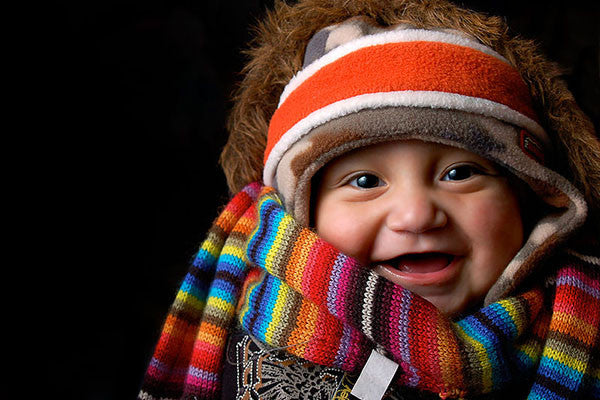
Four reasons Organic Kids Clothing are better than Conventional Clothing
Conventional clothing can be extraordinarily harmful to anyone who wears it, farm workers and the environment. Organic kids clothing, on the other hand, consists of superior products that have none of the hazards and ethical concerns associated with conventional clothing.
Here are four key reasons organic boys clothes and organic girls clothes are a better choice than conventional clothing.

1. Health and safety
Every parents top priority is the health and safety of their children. Yet too few know that conventional clothing worn by the majority of young children is responsible for a plethora of health concerns.
The skin is partially porous, so anything that touches it can be absorbed. The longer something remains in contact with your skin, the more will be absorbed. Unfortunately, babies and children have skin that is more sensitive and more porous, so they are more vulnerable to harmful chemicals. These substances can have an impact not only on your child's comfort but also on their long term development.
Synthetic clothing contains many different forms of toxins. Pesticides, herbicides, fungicides, defoliants and insecticides are used extensively in the production process, and they can often be found in high concentrations in conventional clothing.
One of the ways in which synthetic clothing is most harmful to health is that it prevents the skin from breathing easily. When wearing organic clothing, the average adult expels about one pound of toxins per day through the skin. Synthetic clothing hinders this essential process, forcing the body to retain higher concentrations of harmful toxins.
The presence of many different harmful chemicals can cause more harm by creating a toxic soup where they react to form increasingly harmful compounds.
Organic kids clothing does not put children's health at risk because the production process does not involve any of these toxins. They are a far better choice for any parent wanting to go the extra mile for their child's health.
2. The environment
Cotton that is grown in a conventional way covers only 3% of the worlds farmland, but it uses a full 25% of the worlds pesticides. Pesticides spread through groundwater to contaminate our food and drinking water. Fertilizers regularly cause algal blooms that can destroy marine ecosystems.
In contrast, our organic boys clothes and organic girls clothes are environmentally friendly because the farms we work with do not use any of these harmful products. They adhere to strict international standards for the production process, and we do not work with any farms that have used pesticides in the last three years. Our suppliers rely on crop rotation to ensure soil fertility, and they control pests and weeds using either mechanical cultivation or biological means.
3. Support for farm workers
While toxins are harmful for people who wear synthetic clothing, they are extremely dangerous for farm workers that are exposed to higher concentrations. Many experience very serious health problems, including respiratory issues, cancer, birth defects and Parkinson's disease. Organic kids clothing is a sustainable choice that can also send your child the right message about socially responsible consumption.
4. Higher quality organic kids clothing
The moral case for choosing organic boys clothes or organic girls clothes is very clear. But some advocates fail to emphasize that they are actually far better products! Organic kids clothing is much softer than synthetic clothing, which makes it much more comfortable to wear. It also helps children to breathe more easily. Organic kids clothing makes a particularly big difference for children who suffer from asthma or allergies.
While conventional clothing is harmful to workers, the environment and people who choose to wear it, organic kids clothing is comfortable, socially responsible and far better for your child's health. Why not see the difference for yourself?

